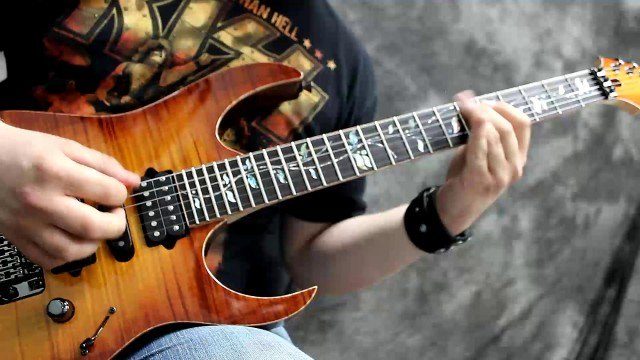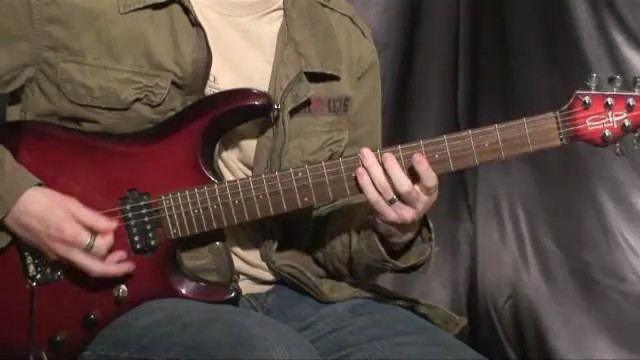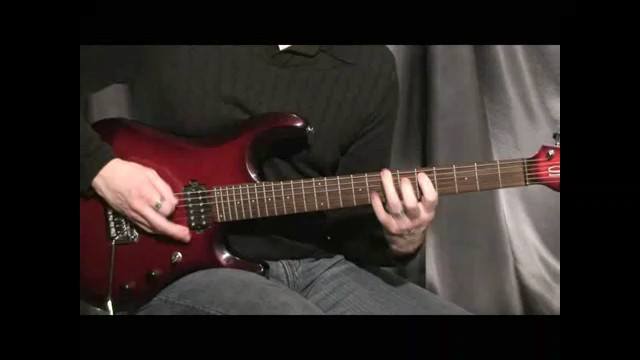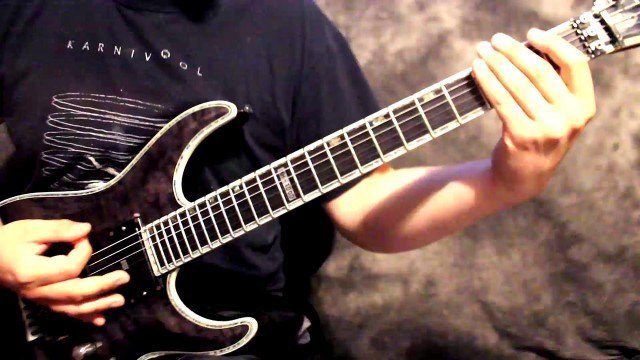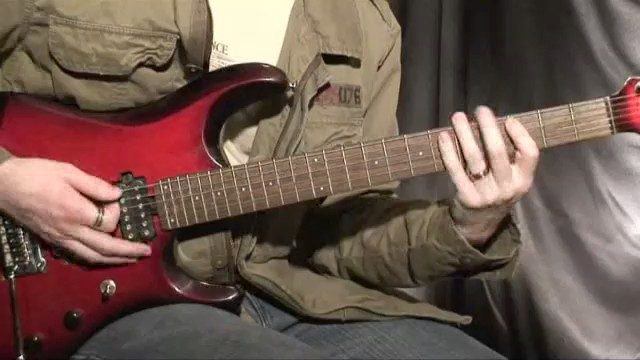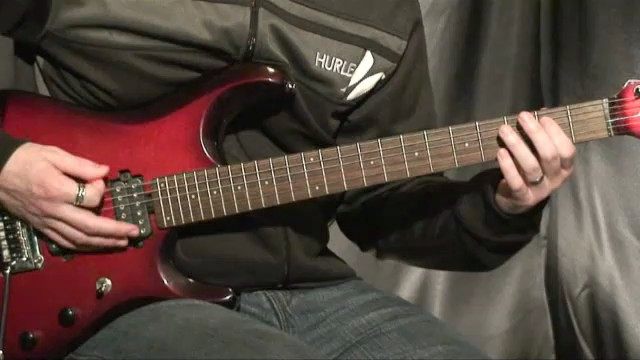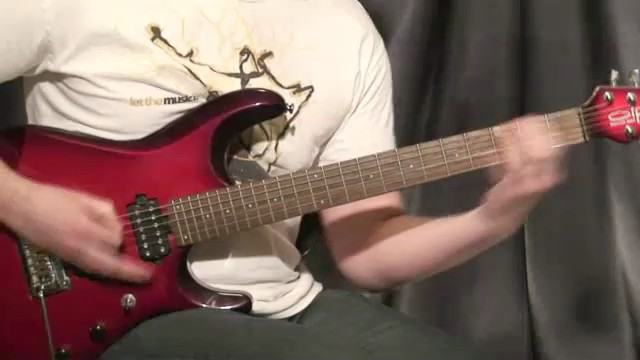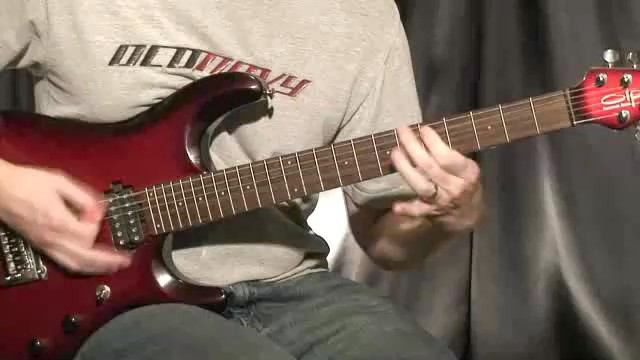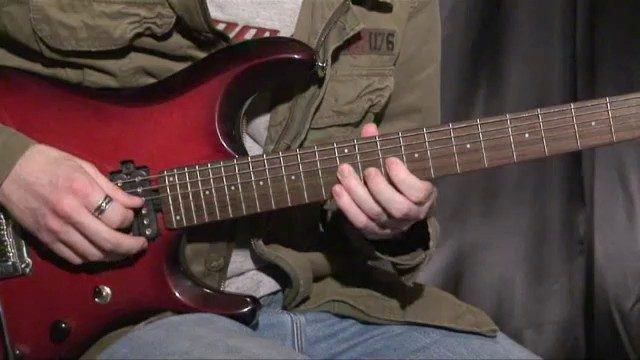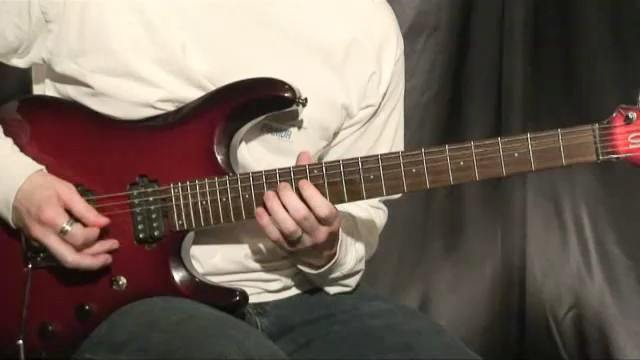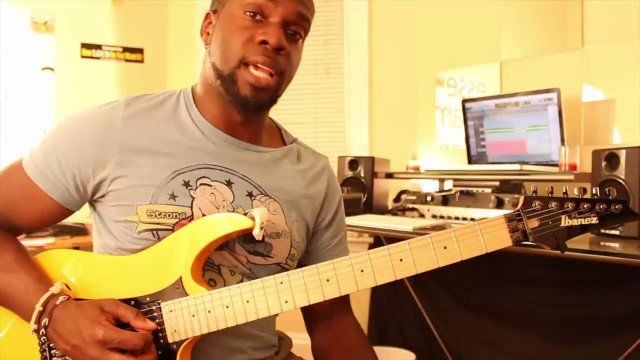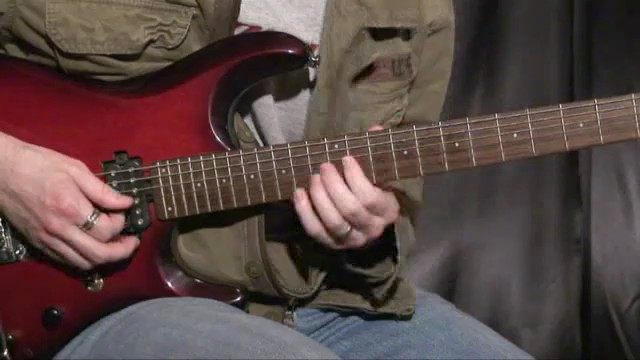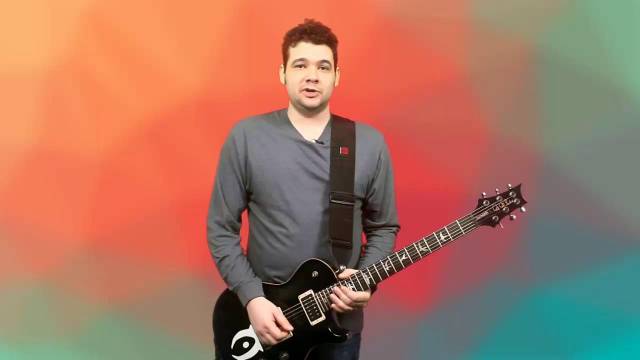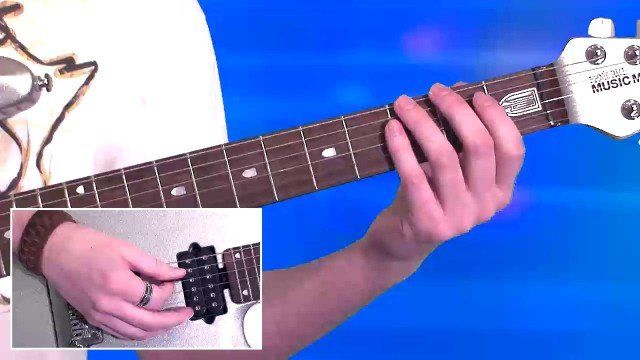Not much to say here! Part II begins the exact way Part I began, except now we're playing an A minor shape. Since we're further up the fretboard, however, we'll get a bit of a break on the stretching!
The main challenge you'll face in Part II is the transition from A minor to D major. Note that the pinky is responsible for playing the 20th fret to the 17th fret during this transition and to make every attempt possible to do this seemlessly.
The D major arpeggio is the first real deviation from the norm. Be sure to pay close attention to the transcription and the demonstration video for fingering.
Finger-rolling is essential. As demonstrated, the act of releasing one string but maintaining a slight grip while transitioning to the next is extremely important, as this is what separates the simple act of strumming and hearing individualized notes, i.e. sweep arpeggios. As you will come to learn, sweep arpeggios are 95% about what you're trying to AVOID hearing as opposed to what you think you need to.
























